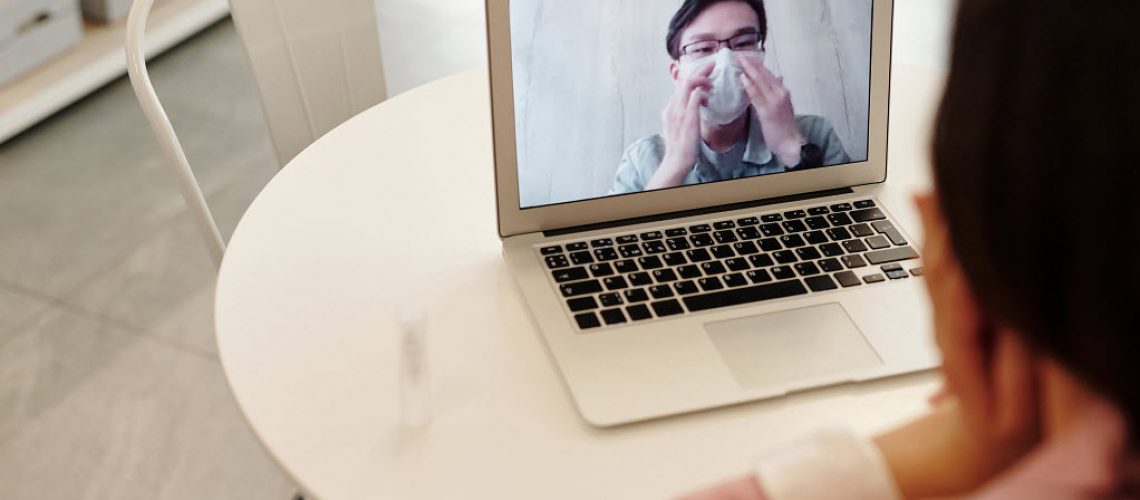There’s no denying it – telehealth is having a moment. As providers continue to encourage patient safety through social distancing measures related to COVID-19, patient care conducted through telehealth has proven itself to be a crucial asset for providers and patients during this pandemic.
But what about life after COVID-19? Will telehealth still be as popular after the response to the pandemic dissipates and the world adapts to a new normal?
Now that telehealth has established itself as a viable option for patient care, this technology seems to have cemented a place for itself as a fixture of modern medicine. Reimbursement regulations for telehealth have greatly improved, making it easier for providers. The convenience of receiving high-quality medical treatment from home makes patients happy. So, while telehealth has taken center stage during the crisis, the circumstances of the pandemic have only served to emphasize the value of telehealth rather than define it. The many advantages of telehealth, both for providers and patients, will contribute to its success and longevity into a future beyond COVID-19.
Convenience
Of the many benefits telehealth technology has, convenience has to be at the top of the list. Patients can set up a device from the comfort of their home and with a few clicks be connected with a physician to address their health concerns. This has been essential during the pandemic, true enough, but it also covers a wider application of ongoing patient concerns. Particularly for patients in rural areas who would otherwise face long travel times, older patients who are reliant on others to get them safely to their appointments, or patients with mobility issues, telehealth’s convenience factor holds a lot of weight in the face of the serious effort it can cost patients simply to arrive at their physician’s office. Parents no longer need to find child care to obtain treatment, and energetic children don’t have to dread long stretches of time in a waiting room. Subsequently, telehealth is able to minimize appointment no-shows and cancellations.
Ease of Use
Another significant contributor to the overall success of telehealth is how easy it is to use. Optimal execution of telehealth care depends on quality camera and sound, as well as a secure internet connection. Physicians need to be able to see their patients clearly and sound should work properly for both participants. Fortunately, most devices and computers already come equipped with high caliber camera and speaker features, which means patients or providers don’t need to obtain any additional equipment to potentially complicate the telehealth process.
Ease of use in telehealth can look as simple as finding a quiet space, logging into the software a few minutes early to test the camera, then waiting for the session to begin. Since a telehealth experience is delivered digitally, providers aren’t restricted to standard business hours for patient encounters, making telehealth easier and more flexible for scheduling.
Conceptualizing a Contactless Office
We are witnessing history in the making as the pandemic forces the healthcare industry to embrace innovation and establish new and improved methods of patient care. The idea of a contactless office seems easily accessible with the right tools. Telehealth delivers secure, HIPAA-compliant interfacing within an intuitive, user-friendly system built to encourage connection and patient satisfaction. With features like appointment management and patient reminders, telehealth patients can adopt a more active role in managing their own health and wellness, while providers get to implement personalized treatment plans and expand their patients’ access to care.
The New Normal
Ours is an increasingly digital age, particularly in the aftermath of an outbreak that has required us to practice social distancing at home, away from the workplace and school room. No longer able to meet friends for coffee or have a chat with coworkers in the break room, our in-person social networks have steadily transitioned to the web-based variety. Work meetings, school lessons, game nights, family reunions and even wedding ceremonies hosted through video communication have all become part of our new normal. In our desire to maintain connection to the world outside while staying inside, we’ve collectively gotten much more familiar with and reliant on the very same kind of technology that facilitates telehealth. If human adaptability has taught us anything, it’s shown us that it won’t take long for video communication and virtual interaction to become commonplace. Essentially, we’re priming ourselves for a future of better technology built with its users in mind, much like what telehealth already provides.
——————————————————
Photo courtesy of: MTBC
Originally Published On: MTBC
Follow Medical Coding Pro on Twitter: www.Twitter.com/CodingPro1
Like Us On Facebook: www.Facebook.com/MedicalCodingPro







